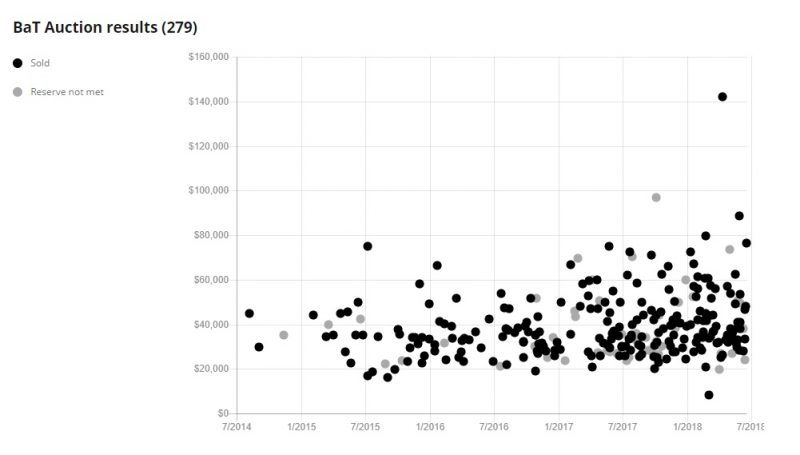Through the 1990s and early 2000s impact-bumper 911s seemed like one of the best deals in sports cars. Sure, an LT-1 C4 Corvette was faster in a straight line, but it had all the build quality of a newspaper bin and all the cachet of an Applebees. Though ill-equipped for the stoplight drags, an impact bumper 911 offered a lot for relatively little money. In the early 2000s, when I was getting my license, driver-quality Carrera 3.2s could be had in the low to mid $20k range. Today, those prices have spiked. Prices are up 50% or more compared to 10 to 15 years ago, with rare options pushing the prices to new heights. This swift market adjustment is happening seemingly across the board. Hoovies Garage asks, why is it happening at all?
Understanding the Impact Bumper 911
For those who may be unfamiliar, the latest crop of Hoovies Garage videos are much like Doug DeMuro’s, unsurprising because they now both operate under the auspices of Autotrader. Unlike Doug, Tyler Hoover is apparently rather mechanically inclined. As such he spends more time running through the impact bumper 911’s mechanical quirks than its peculiar button layout.
Of course, an entire article could be written about the Carrera 3.2’s interior ergonomics. I personally think Porsche threw darts labeled with interior functions at a picture of the cabin, and stuck the controls where they landed after a wild night of Schnapps and cheap pilsners, but I digress.
But, people aren’t laying down their cash to inherit multiple sets of climate controls and valve guide issues. No, as Tyler says, they are paying for the experience. While an old 911 may not be particularly fast, it offers a very usable type of performance. The car is narrow, seemingly making every lane wider and giving you more room to play without crossing the double yellow. Until you start upgrading the suspension and tires there isn’t that much grip (by modern standards) either. The car will move around and you don’t need to be going that fast to enjoy it.
Like an early Miata, on the road, an old 911 is about as good as it gets. As modern cars become increasingly competent on track, the amount of on-road fun you can have without losing your license diminishes. Analog cars with low thresholds help remind us of what makes driving fun all the time, not just when pushing the car to the ragged edge.
But What Is The Market, Really?
Worth noting, part of the reason used 911s seemed to be such a good deal in the 1990s was the higher relative cost of most new cars. Adjusted for inflation a 968 cost substantially more than a Boxster does today. A 300ZX Turbo cost $42k in 1995, or the equivalent of $70k today. Prior to the investment era of car collecting, riding the depreciation curve on an old 911 made a lot of sense.
But that brings us to the issue of overpaying. While Hoovie’s Garage famously bought (and tracked) the cheapest 911 in the country, he did not buy the cheapest air-cooled 911. At 38k, he didn’t even buy one at the low-end of the market. He bought one somewhere in the middle of the impact bumper spectrum. If we look at Bring a Trailer’s results for impact bumper cars, we can see that Hoovies’ purchase was in the lower half of the distribution.
This raises an important point, and establishes my only real issue with the video. If Tyler paid well above market for his Porsche, then you can argue that he overpaid. If he paid well under market for the 911, then he may have gotten a good deal. If he paid what everyone is paying, well that’s a different issue. It isn’t that everyone is overpaying, it’s that the free market has spoken. The market has spoken and these Porsches are just worth more than we, as buyers, would all prefer.
